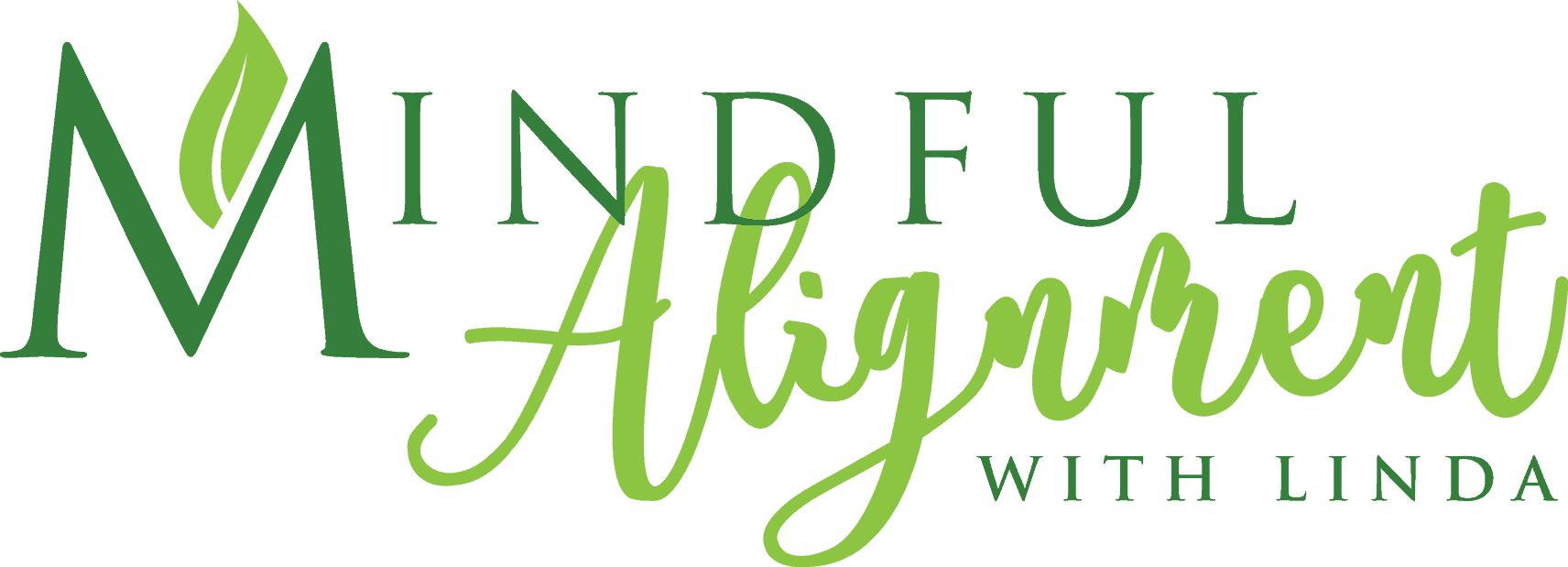How to Prepare Your Body for Hiking
Hiking requires a certain amount of stamina, flexibility, physical strength and emotional preparedness. When it comes to fitness, most of us are quite familiar with the challenges and joys of walking. If you’re ready to take on the challenge, hiking is another level to exercise that is both physically and mentally exhilarating.
A few years ago, I attended a training in Torrington, CT, which included an outdoor experience in a state park. Since I enjoy walking outside in my neighborhood, I was prepared for the nature walk. It was only a short time before I realized that there was a significant difference between walking and hiking.
Walking is a fundamental activity that we engage in daily, be it commuting to work, running errands, or strolling through the neighborhood. Hiking offers a unique blend of physical exertion, mental rejuvenation, and a profound connection with nature.
Let’s explore how hiking differs from everyday walking and provide essential tips to help you prepare for your next exhilarating hike.
How Hiking Differs from Walking and Why it’s Important to Prepare Your Body
Terrain and Elevation
One of the most significant differences between hiking and everyday walking lies in the terrain and elevation encountered. Unlike the smooth pavements and predictable surfaces found in urban environments, hiking trails often encompass a variety of landscapes. From rugged mountains to dense forests, rocky paths to muddy trails, hikers must navigate diverse terrains that demand heightened focus and adaptability. The varying elevations encountered during hikes also present physical challenges, requiring stamina and strength to ascend steep slopes and endure descents.
Duration and Distance
While a casual walk around the block may last only a few minutes, hiking typically involves extended trekking periods through nature. Distances covered during hikes can range from a few miles to dozens, depending on the trail’s length and difficulty. Be prepared to invest an hour or all day to complete a hike.
Physical Demands
Hiking engages your body in ways that everyday walking does not. The uneven surfaces, inclines, and declines encountered during a hike require more effort and engagement from various muscle groups. Hiking involves full-body movements, such as climbing over rocks, stepping across streams, and navigating tree roots. This increased physical demand enhances cardiovascular endurance, strengthens muscles, and improves overall fitness.
Mental Well-being and Connection with Nature
Beyond the physical benefits, hiking offers a profound mental escape from the pressures of everyday life. The serene beauty of nature, the sounds of birds chirping, the scent of fresh air, and the breathtaking vistas all contribute to a sense of peace and tranquility. Studies have shown that spending time in nature can reduce stress, enhance mood, and improve cognitive function. Hiking provides an opportunity to unplug, disconnect from screens, and reconnect with the natural world, leading to a greater sense of well-being and inner calm.
Preparing Your Body for a Hike
It is essential to prepare for a hike by incorporating specific movement practices and exercises into your routine to enhance your readiness.
Here are some recommendations:
Cardiovascular Conditioning: Hiking can be physically demanding, especially during uphill climbs and long-distance treks. Cardiovascular exercises like jogging, cycling, or swimming can improve your stamina and cardiovascular endurance. Aim for at least 30 minutes of moderate-intensity cardio workouts on most days of the week.
Strength Training: Building strength in key muscle groups will help you tackle the challenges of hiking more effectively. Focus on exercises that target your legs, core, and upper body. Squats, lunges, step-ups, and calf raises will strengthen your lower body. Planks, Russian twists, and bird dogs can improve core stability. Incorporate exercises like push-ups, pull-ups, and shoulder presses to build upper body strength.
Balance and Stability Exercises: Hiking involves navigating uneven terrain, and maintaining balance and stability to prevent injuries. Exercises that challenge your balance, such as single-leg stands, lateral lunges, or yoga poses like tree pose or warrior III will help you prepare. Incorporating stability training tools like balance boards or balls can further enhance proprioception and stability.
Hill Training: Incorporate hill training into your workouts to simulate the uphill climbs you may encounter during a hike. Gradually increase the incline and duration of your hill workouts over time to build strength and endurance.
Flexibility and Mobility: Maintaining flexibility and mobility in your joints and muscles is essential for avoiding injuries and moving comfortably during a hike. Regularly stretch major muscle groups such as calves, quadriceps, hamstrings, hip flexors, and shoulders. Adding dynamic stretching exercises and yoga to your routine will improve flexibility and mobility.
Endurance Training: Hiking often requires prolonged physical exertion. To improve your endurance, incorporate longer-duration workouts, such as extended walks, hikes on less challenging trails, or longer cardio sessions. Gradually increase the duration and intensity of these workouts to build your endurance over time.
One technique that has helped me improve my balance and ability to navigate uneven terrain is to stand on small rocks and pebbles with and without my shoes. Begin standing on both feet and then one foot at a time, gradually increasing the time from one minute to five or more.
By incorporating these movement practices and exercises into your fitness routine, you’ll be better prepared physically for the challenges that hiking presents. Your body will be more resilient, and you’ll be able to fully enjoy the wonders of the great outdoors during your hiking adventures.
Regular Movement, Strengthening and Stretching are Essential for the Body
Here are a few videos to help you on your fitness journey:
Are you tired of living with pain?
Are your activities and daily choices determined by your level of pain?
Are you ready to change your life for the better and gain back your physical freedom?
My unique and custom designed approach comes from years of training, education and experience. Together, we will get you back to living pain free and enjoying life.
Sign up for a private session today
It’s never too late to try something new.

Related Articles:
Embracing Change: A Journey of Small Steps
Embracing change through small steps: Focusing on small, consistent steps emphasizes sustainability and avoids overwhelming change, which is key to maintaining health goals.
Preventing and Managing Myofascial Pain Through Exercise
Prevent and manage Myofascial Pain Syndrome in the back with these daily movements and targeted exercises. This approach provides an effective solution.
Myofascial Pain Syndrome and How to Manage It
Myofascial Pain Syndrome is a chronic pain condition that affects the muscles and fascia. Here are common causes and methods for management and prevention.
Managing Pain Between the Scapulas
Identify and manage pain between the scapulas (shoulder blades). Helpful tips to relieve interscapular pain and keep it from returning.




